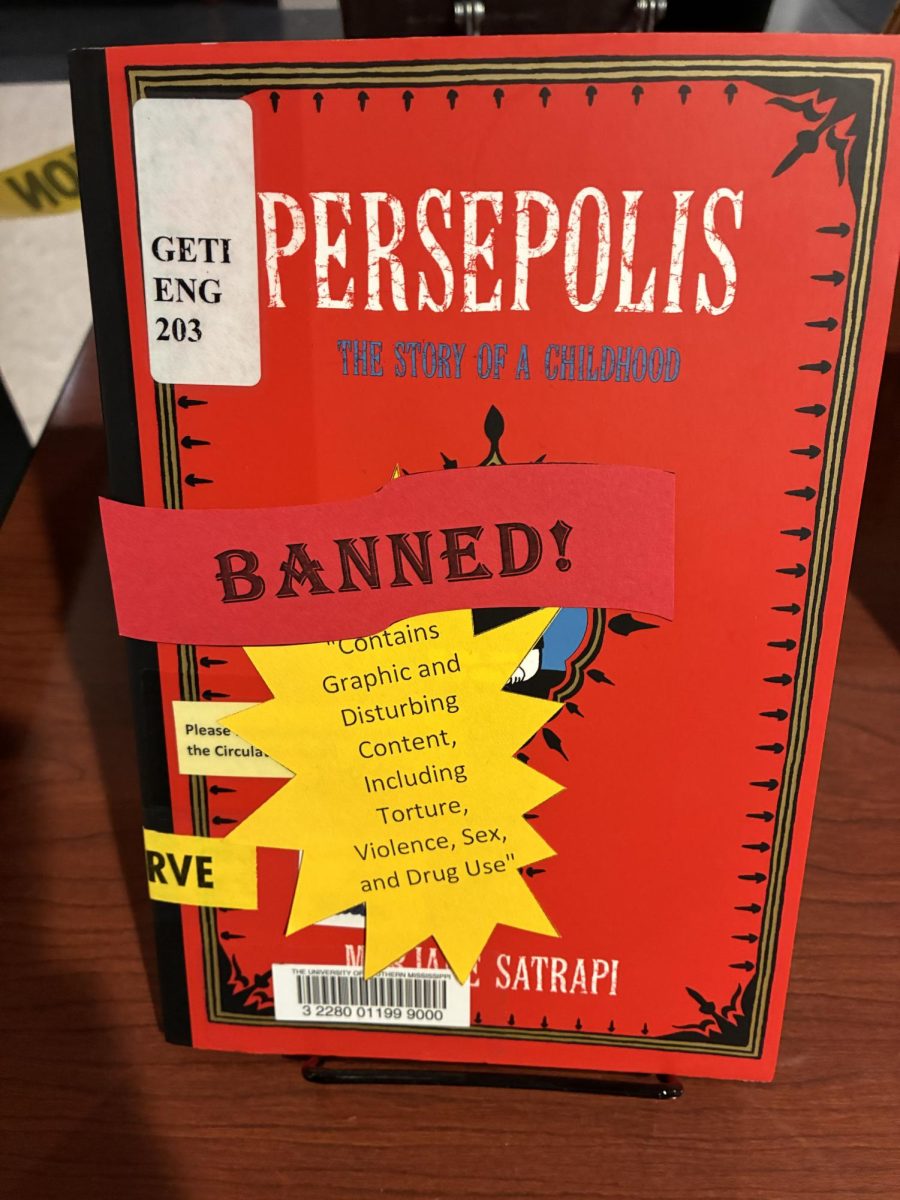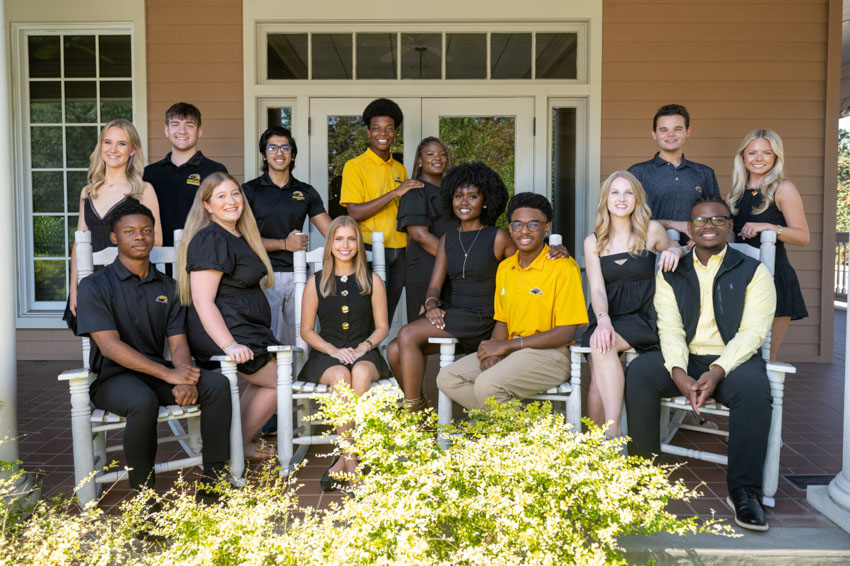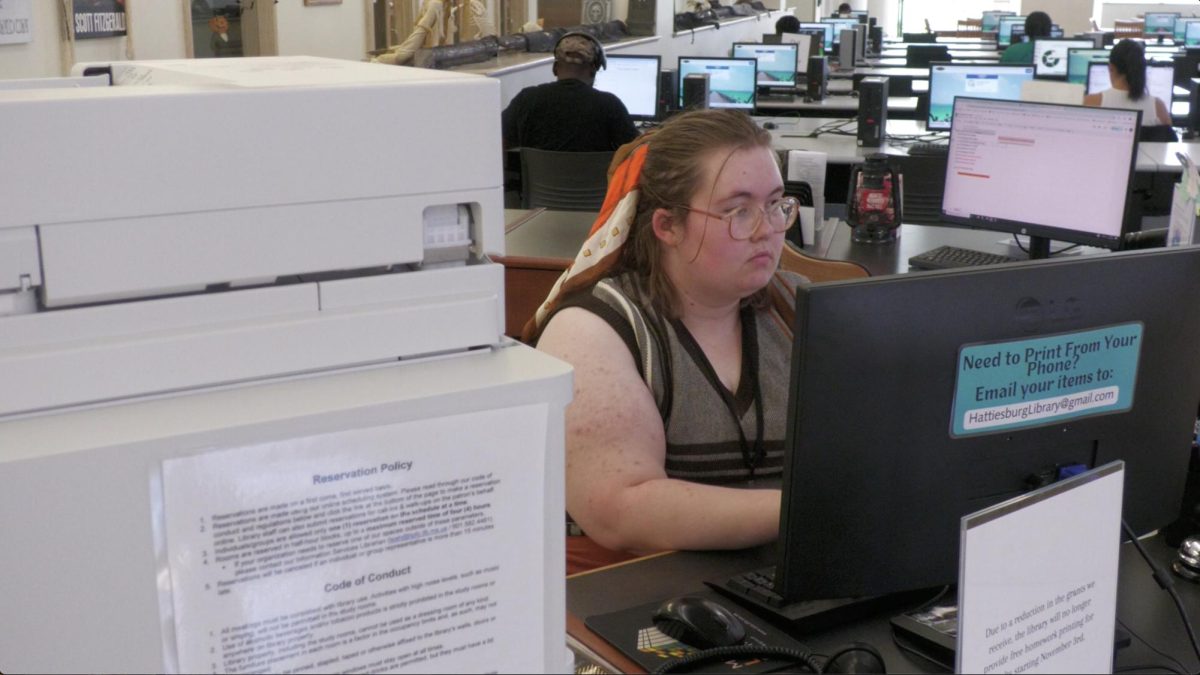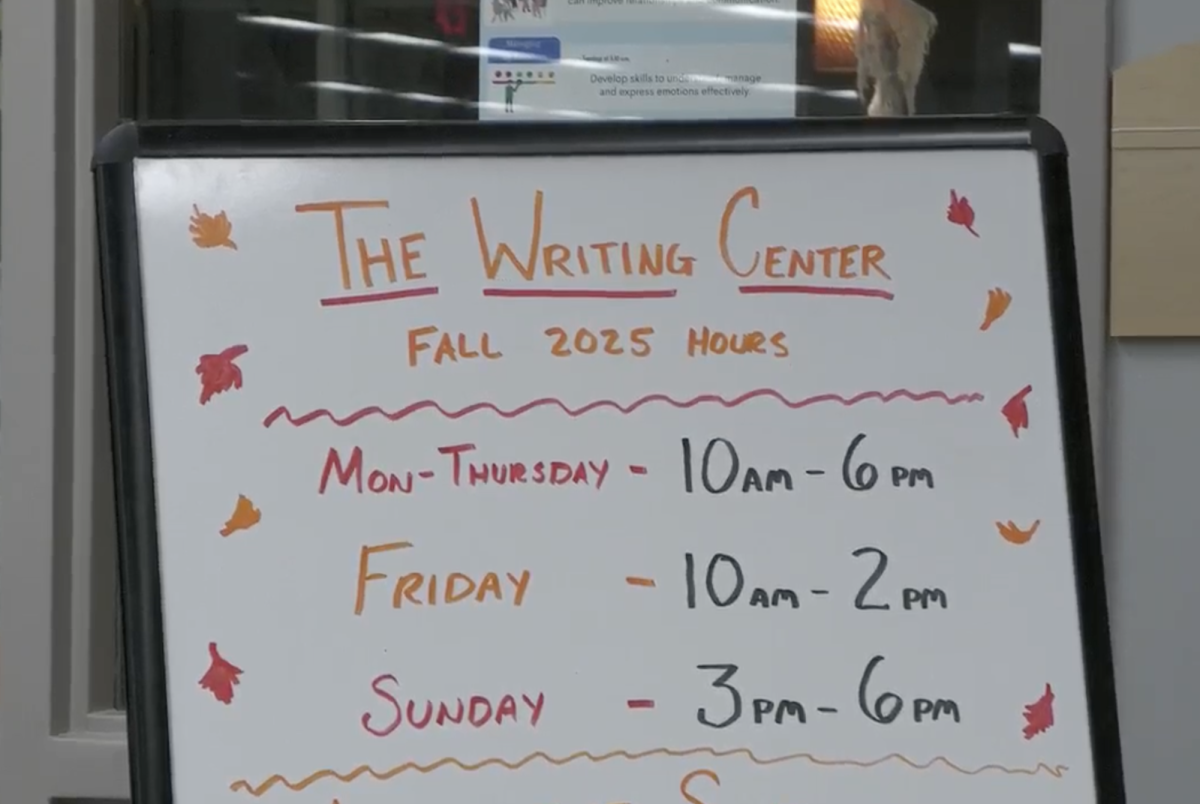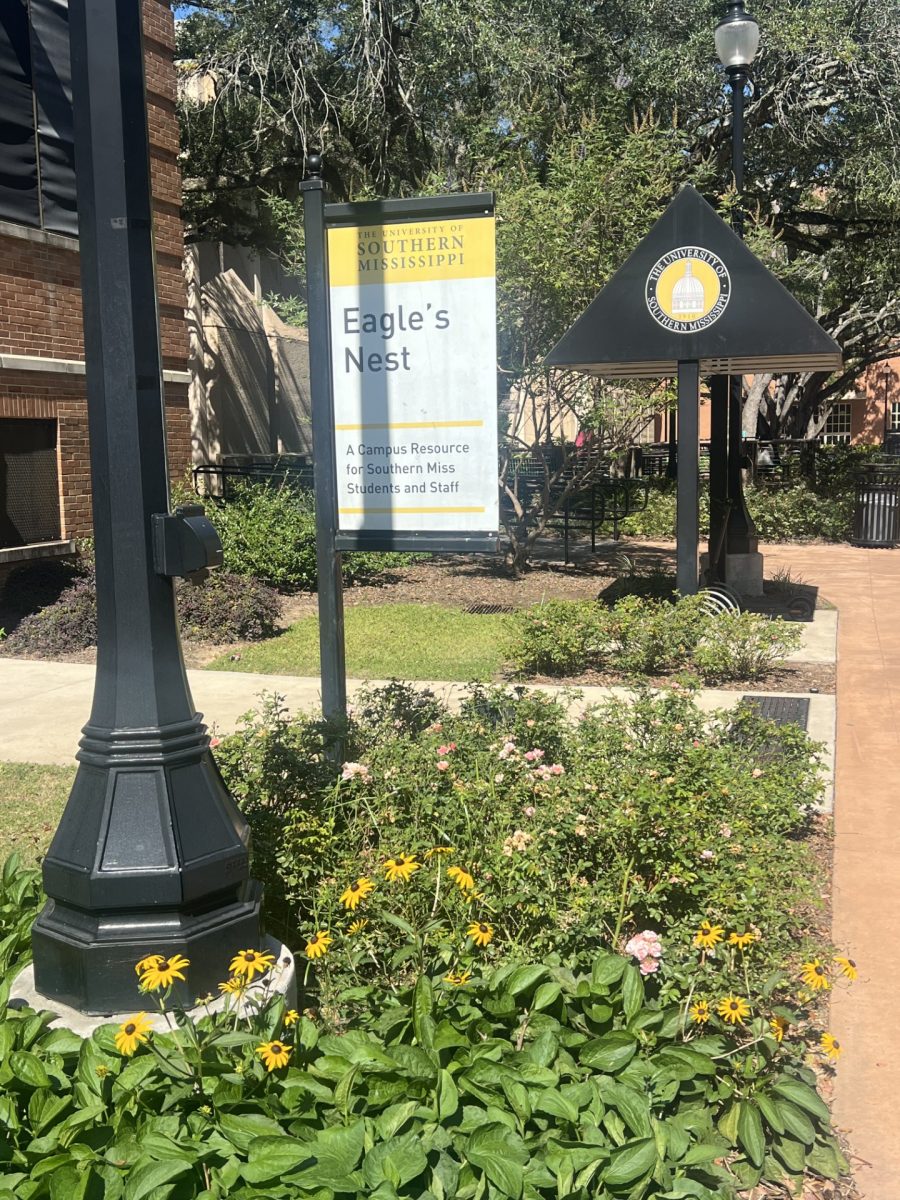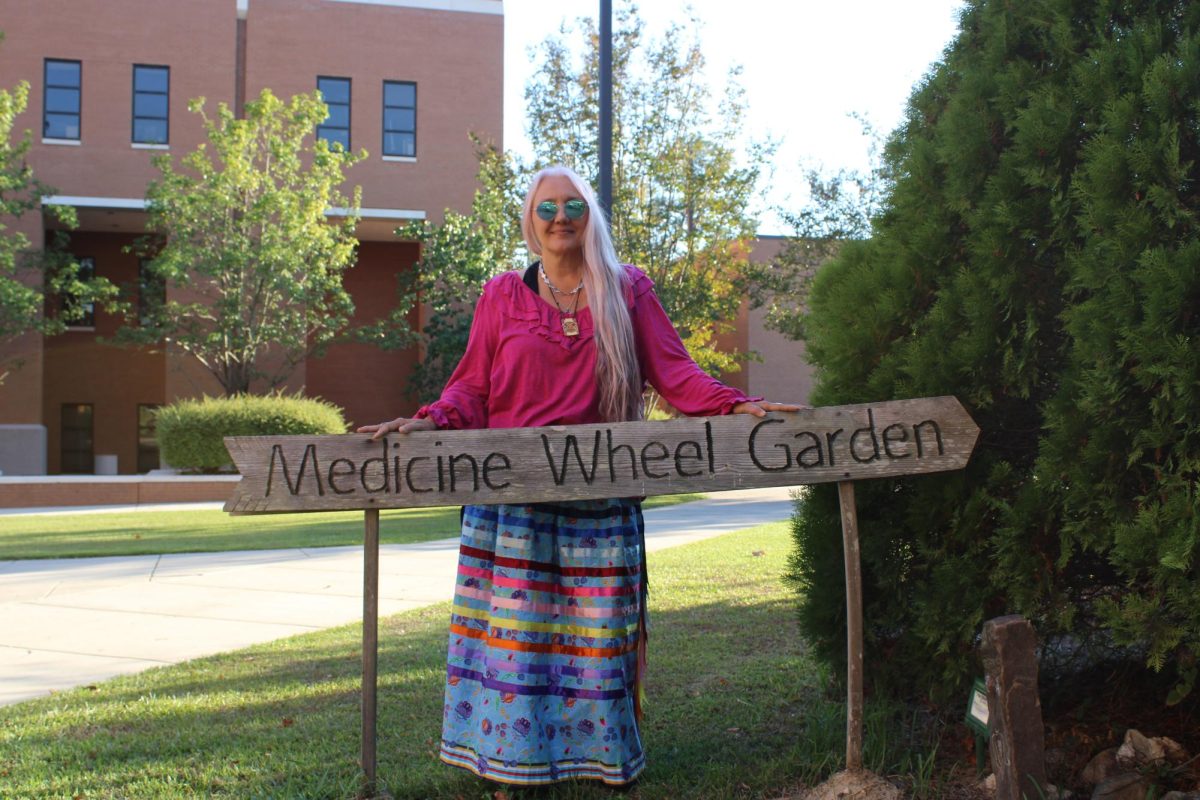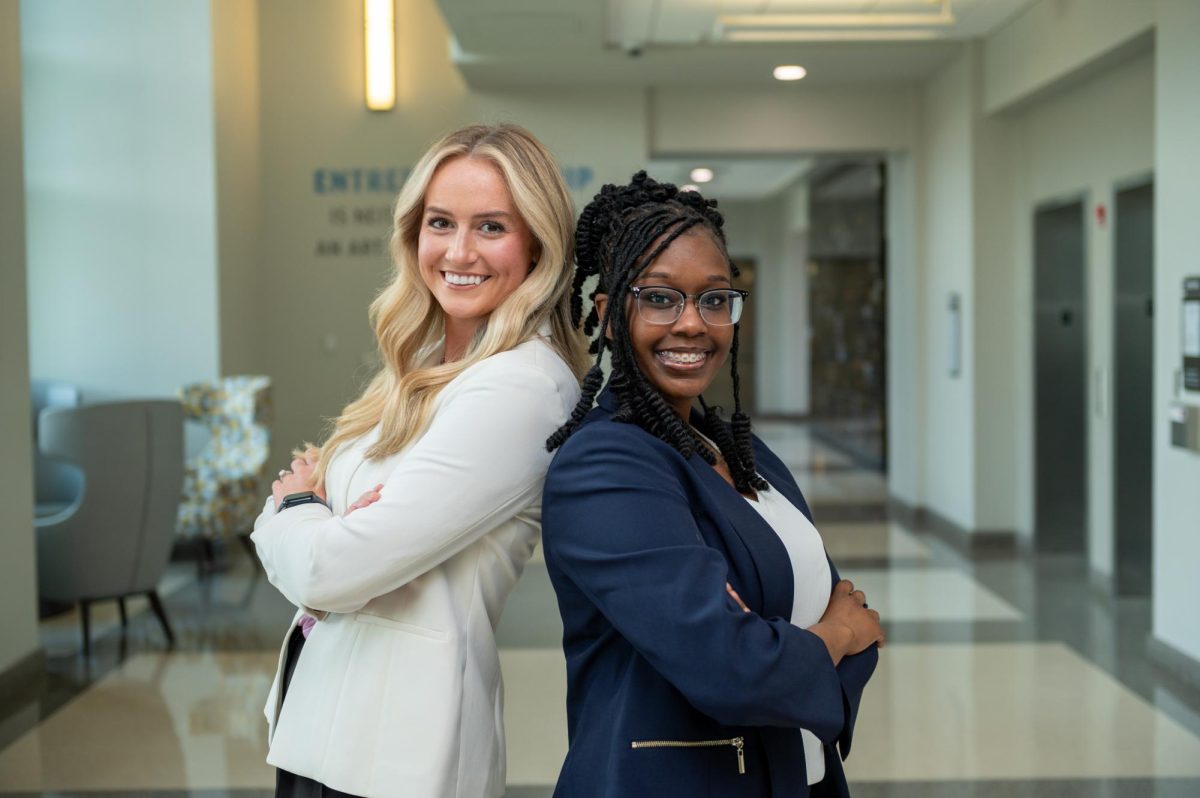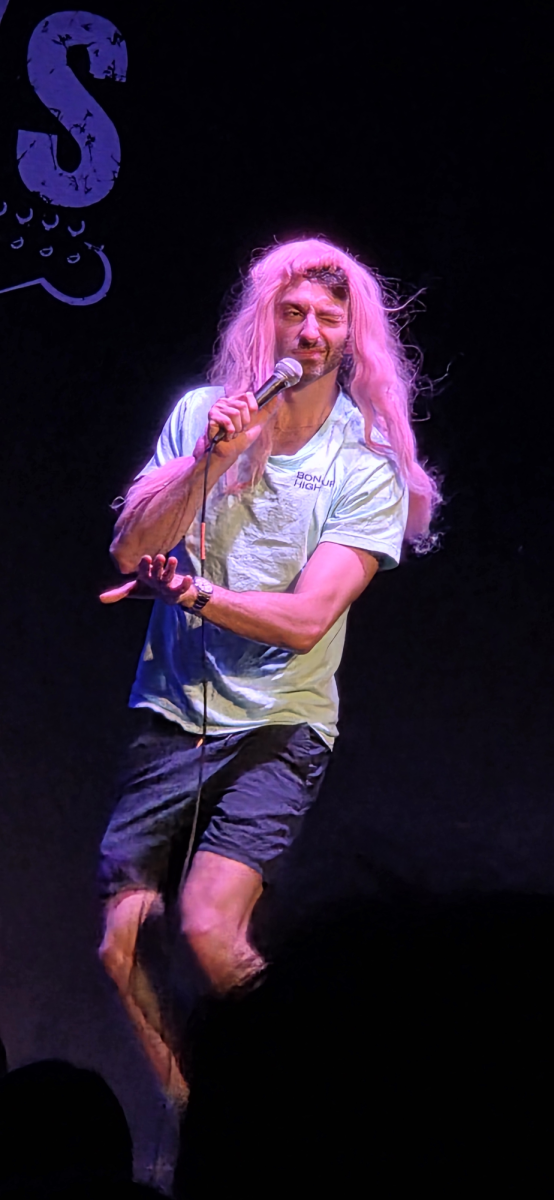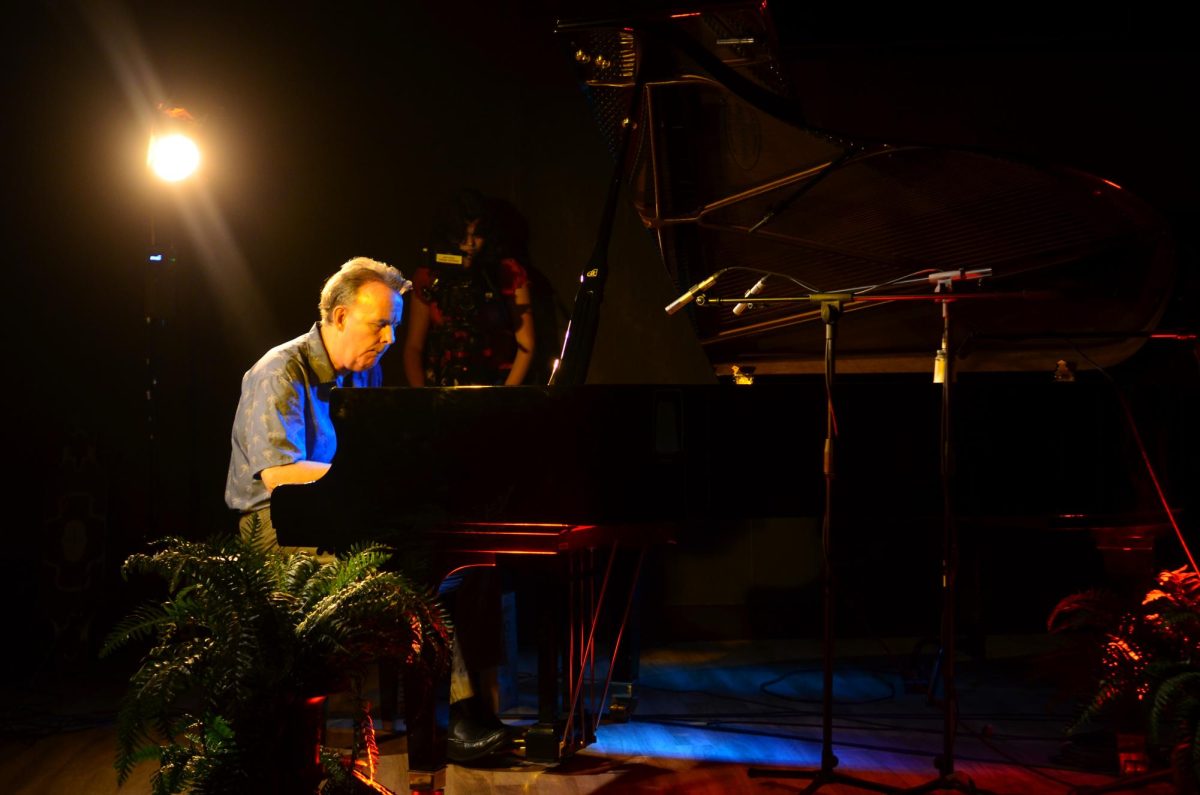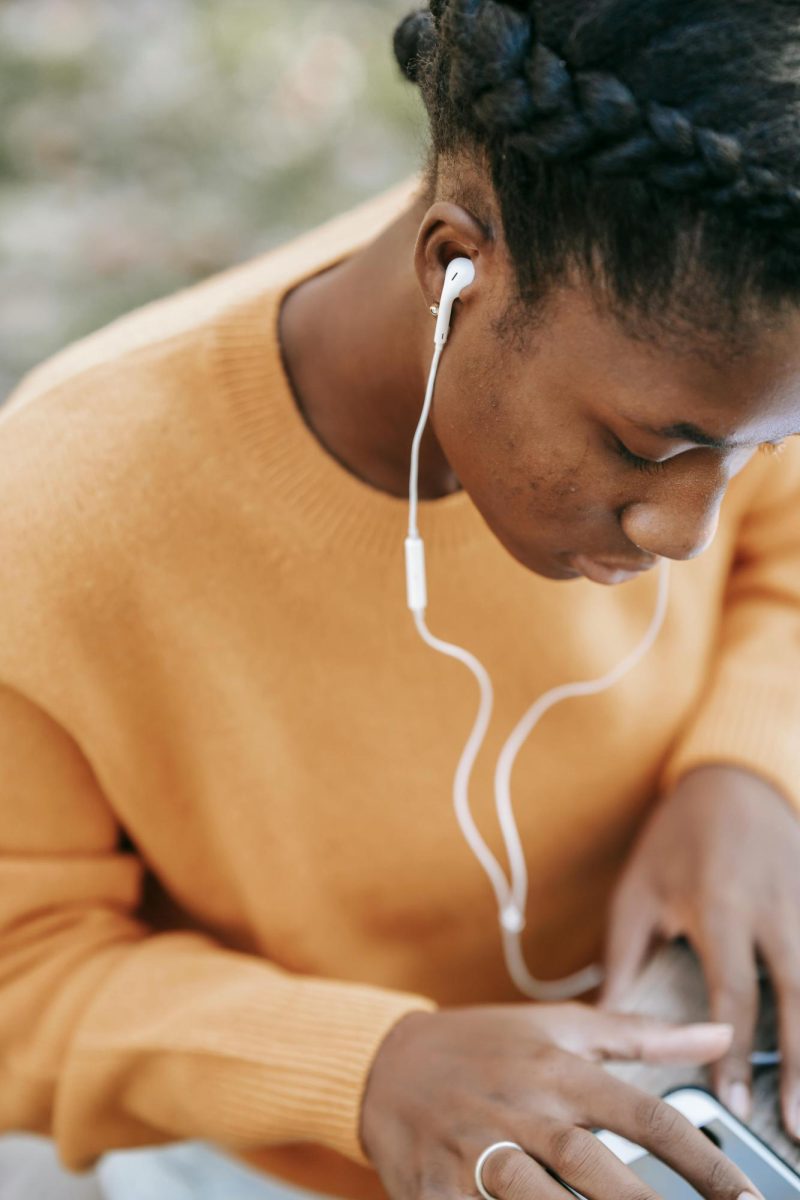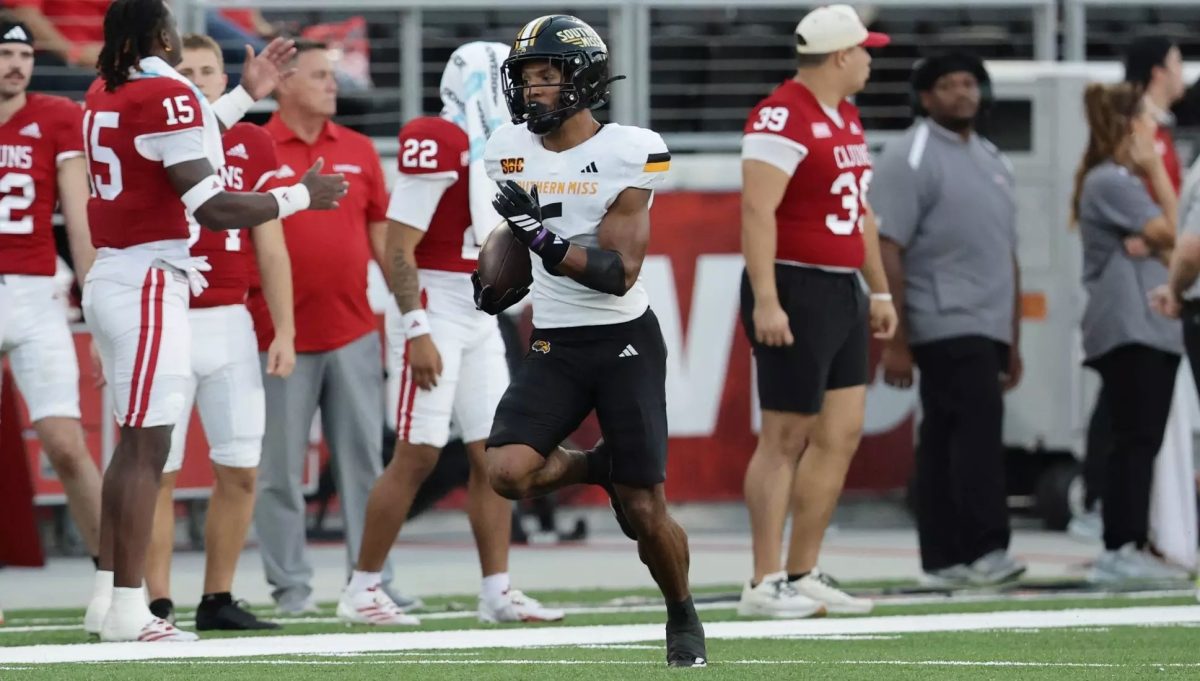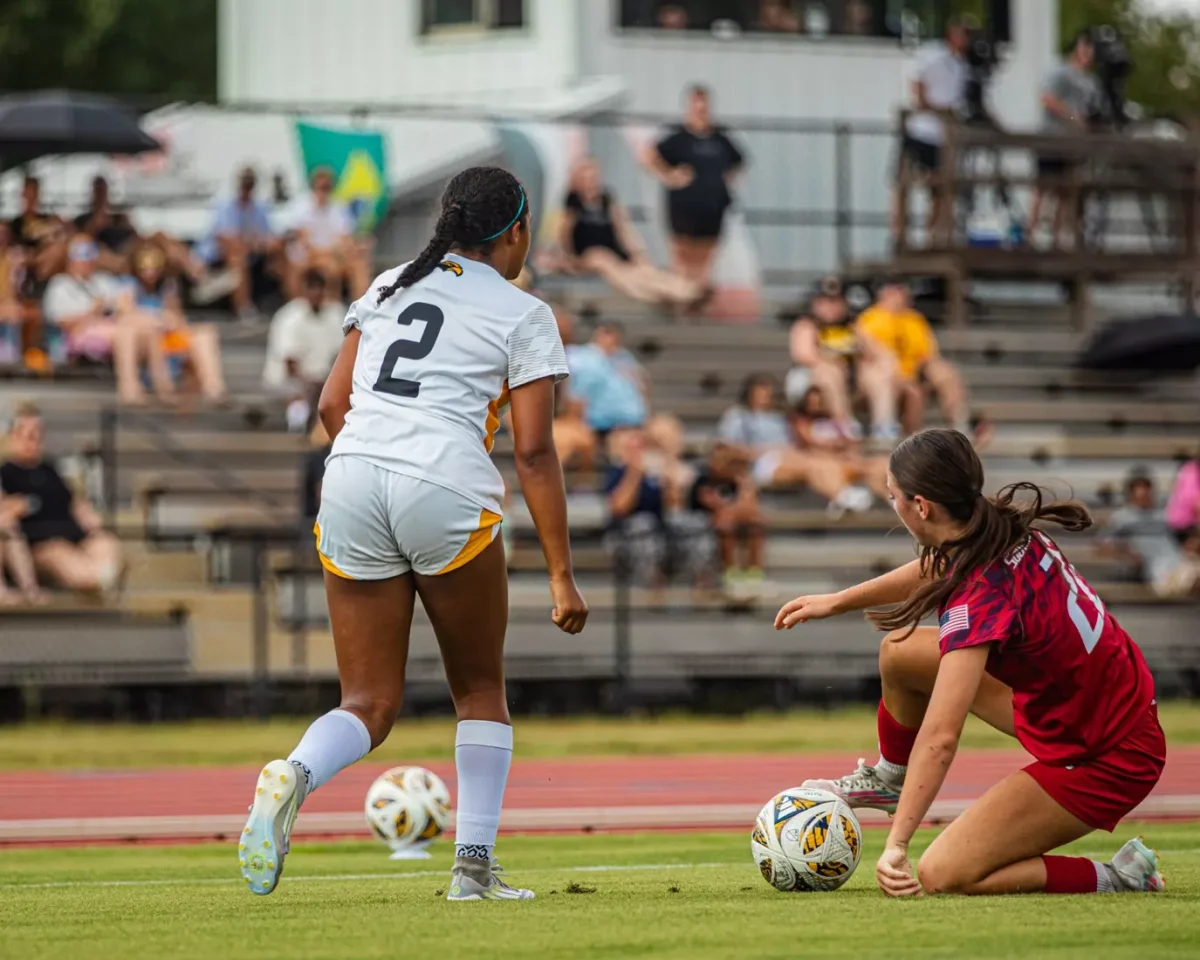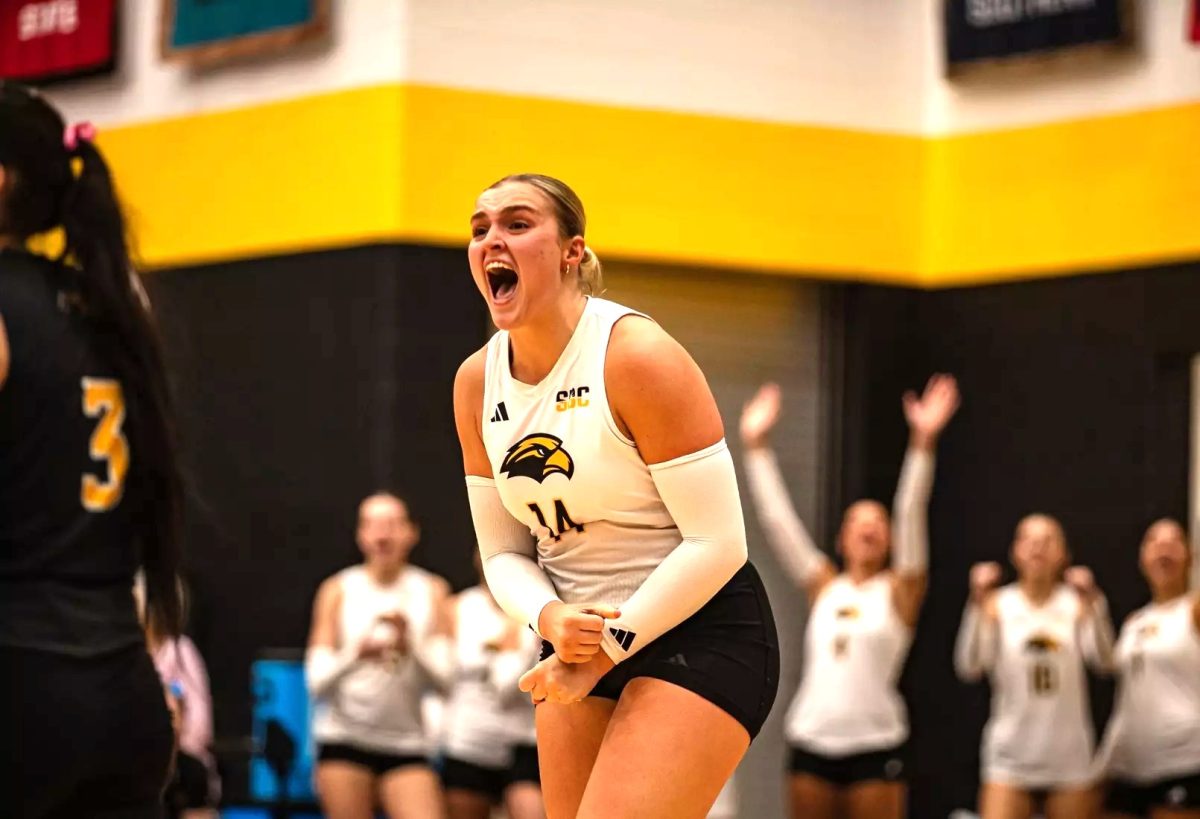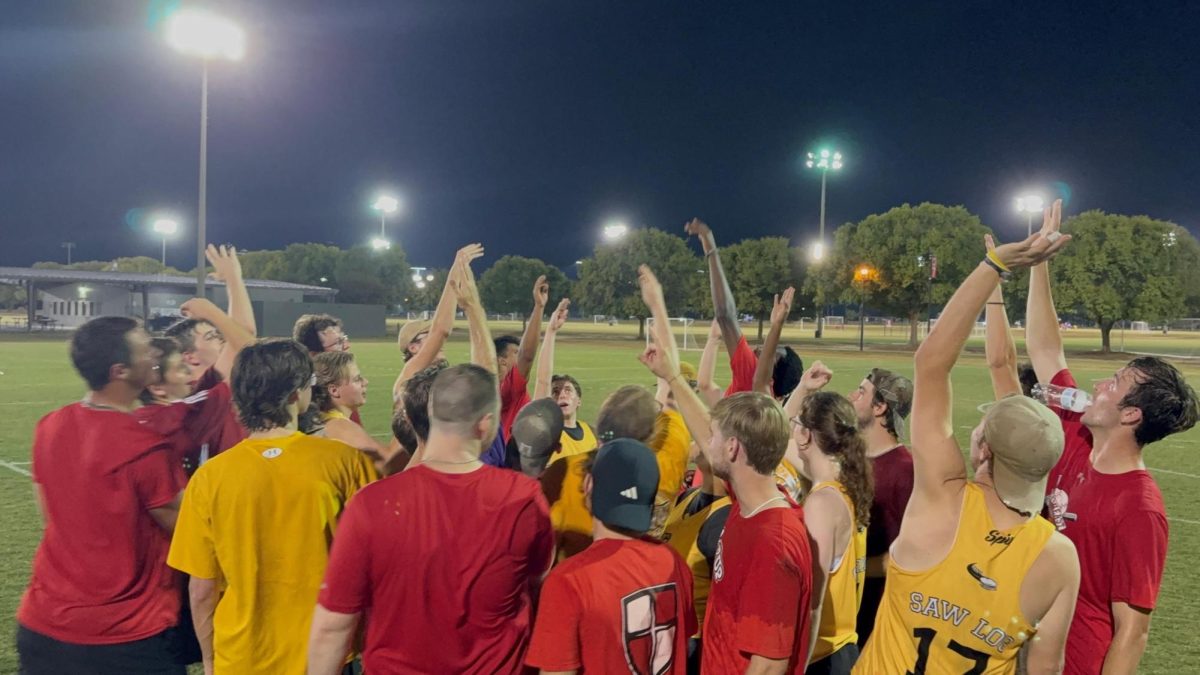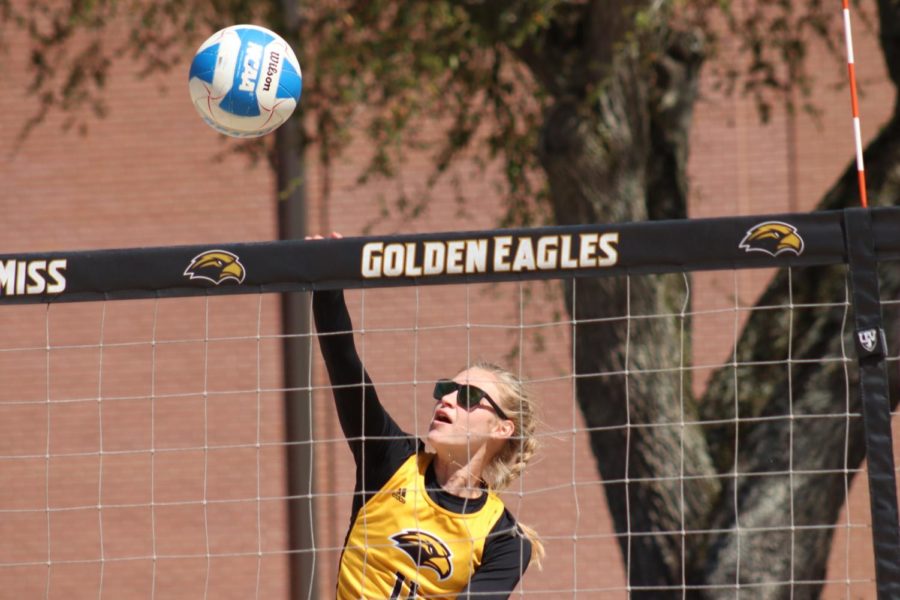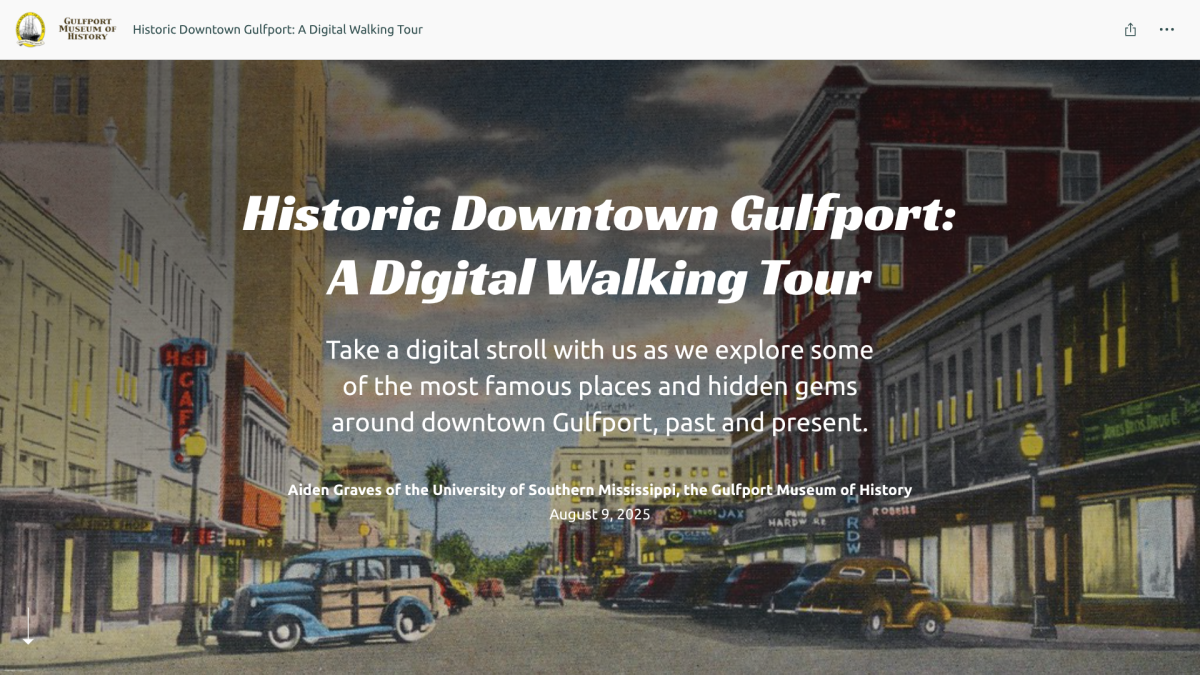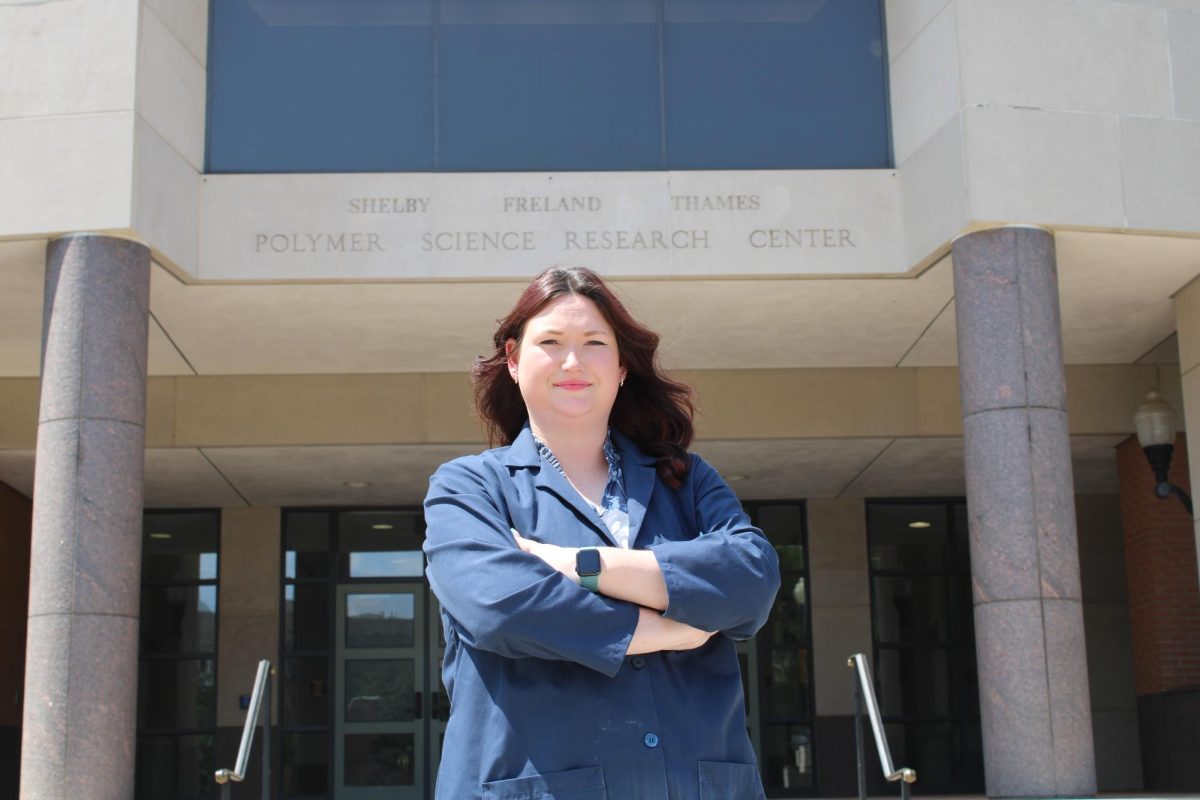Kneeling in the grass, sweat drips down her face as Dr. Tammy Greer pulls weeds out of the garden, carefully tending to the plants that she considers her children. Behind her stands tribal elder Alan Nation, watching as she works tirelessly to help the garden bloom into a true native plant garden.
Nation told Greer something that would stick with her for years to come.
“He said, ‘Tammy, don’t ever give up,’” Greer said. “‘A lot of people in this world will give up right before they turn the corner.’”
For Greer, an associate professor of psychology at the University of Southern Mississippi and creator of the Medicine Wheel Garden, the project means everything. When it first began, a lack of funds kept her from creating it exactly as she envisioned. But that day in the garden — and Nation’s words — strengthened her resolve.
Greer took Nation’s words to mean that many people lose hope right before the miracle that changes everything. Four years later, she watched her garden finally bloom into the native plant garden she had envisioned — with the help of her community.
“It made me understand how perseverance, grit and determination is necessary,” Greer said. “It’s almost like the universe is asking, ‘Do you really want it?’ Because if you do, you’ll stay focused — and then boom, there it is.”
The garden was created in 2005, soon after Greer joined the Golden Eagles Intertribal Society. Joe Bohanon, a graduate student at the time and the group’s leader, asked her what she would like to contribute to the group.
“He asked for help because, you know, Natives are only 2 percent of the population — 1 percent of the student population, and half a percent of the faculty population — so we’re unicorns,” Greer said.
The idea for the garden came from the words of tribal elders and members who worried that much of the tribe’s plant knowledge was being forgotten. The garden was meant to help people regain knowledge and reconnect with nature — strengthening the relationship between humans and the natural world through interaction with plants, trees, flowers and insects.
“They were saying that they were losing their relationship with the natural world, and so I thought we need a place for people to connect with the natural world — not just our tribal members but everybody,” Greer said.
The garden was made possible by a grant Greer obtained through Siva Corp., a company that supports grassroots initiatives. The funding provided seeds, soil and rocks for planting — all they needed was a place to start.
When Greer first requested a space for the garden, she was expecting a small patch of land in the woods near Lake Thoreau. Instead, she was surprised to be shown an open area behind the LAB.
It was a pleasant surprise, but Greer had her work cut out for her. The site had once been a parking lot, leaving the soil compacted and unable to grow much.
Using the grant money, Greer bought soil, seeds and rocks, but it was only enough to partially surround the garden. The plants were meant to be temporary until she could find the native species she had envisioned. As Greer stated, native plants are not sold at Home Depot.
The garden grew, but Greer knew it still had a long way to go before becoming the true native plant garden she envisioned. Nation’s message stayed in the back of Greer’s mind as she waited patiently for the miracle that would help her “baby” bloom. Four years after planting the first seed, she finally witnessed that miracle.
At the Choctaw Indian Fair, Greer had a booth set up displaying the Medicine Wheel Garden — and that’s where she found her miracle. Joe and Maryl Willis, two elders who traveled from Oxford for the event, offered to help with obtaining plants after listening to Greer’s hopes for the garden’s future and seeing some pictures.
Greer had only expected a few plants, but her miracle arrived in the form of a Toyota Sequoia filled with plants and a 20-foot trailer packed with more.
“That’s when it became a native plant garden — that’s when the transformation happened. The miracle is what I call it,” Greer said. “He said, ‘Don’t ever give up,’ and four years later I felt like, ‘Okay, here’s the miracle, there it is.’ The garden overnight, literally, overnight went from being what we did not want to exactly what we wanted.”
The garden is now filled with native plants — the same species that the ancestors of Indigenous tribes once used for food, building materials and medicine. Among them are palmetto, cane, coral honeysuckle, Spanish moss, senna and yaupon holly.
Of all the plants in the garden, Greer said her favorite is the yaupon holly, which is linked to the “black drink” purification ritual and the Green Corn Ceremony — both purification rituals. The Green Corn Ceremony, often followed by a celebration, symbolizes new beginnings and forgiveness, reinforcing the importance of community.
In 2013, Greer partnered with the university’s Physical Plant Department to install a paved pathway, making the garden wheelchair accessible. The collaboration led to joint efforts to maintain the space.
As workers poured the wet concrete, Greer had an idea. She gathered students from the Golden Eagles Intertribal Society and asked them to inscribe words from their native languages. Many called their family elders for help with translations. For Greer, that spontaneous moment captured the garden’s true purpose — connecting the students to their heritage.
“Anything that we do with the garden, you know, they come and they help,” Greer said. “Those kids will be here — their heart will be here forever, because they wrote themselves into that garden.”
The garden was created to help Native students connect with their heritage. But it doesn’t just teach non-Native students about the language, culture and symbols of Southeastern tribes; it also serves as a mirror reflecting Native identity.
“Dr. Greer has put so much love into creating a beautiful garden that represents the cultural landscape of Southeastern Native tribes that have used herbs and plants for everyday use,” said Alice Keats, the president of the USM Golden Eagles Intertribal Society. “When I first toured the Medicine Wheel Garden, I felt a sense of home and connection between the plants and herbs as my ancestors have used them.”
Over the years, the garden has continued to grow, but not without challenges. One year, while teaching a class, Greer was rushed outside to find that her beloved garden had been destroyed. Students participating in a campus scavenger hunt had mistakenly thought the garden was where their treasure was hidden.
“I thought that a tornado had come down just right on top of the garden — because nothing else was upset,” Greer said. “I mean, the boxes were strewn and the rocks were moved and the plants were up.”
Greer, along with students and faculty, spent the next day rebuilding the garden. As an apology, she was given $1,000, which she used to buy enough rocks to fully surround the space. What first seemed like a devastating loss turned out to be a blessing in disguise — an unexpected treasure hunt that strengthened the garden’s foundation.
“For some people, what they see is just a piece of dirt with some rocks and some plants — it’s not their treasure,” Greer said. “But for us Natives and the people who love her, it’s a huge treasure.”
Greer has spent the last 20 years tending to the garden and watching it grow, often alongside her niece and nephew, whom she often brought with her to help care for it. She fondly refers to the garden as her third child, laughing as she reflected on how she would tell them that the garden was her favorite of the three children.
Greer is originally from New Orleans and is a member of the United Houma Nation, a tribe in South Louisiana. She chose to come to USM so she could remain close to her tribe and be surrounded by people she knew.
Born to two ministers, Greer grew up in a deeply religious household. Her mother’s open-minded attitude shaped how she learned to see different aspects of spirituality. At 19, Greer enlisted in the U.S. Army — a decision influenced by limited college funds and by how military service is viewed as honorable in many Native communities.
“I went into the military for four years and that taught me about culture because I was stationed in Germany,” Greer said. “And I traveled to 10 different countries, and so that taught me about how culture impacts people.”
Greer has traveled the world, but she says her proudest achievement remains the Medicine Wheel Garden. Featured in films, television programs and articles, the Medicine Wheel Garden has been seen by many. To Greer, the garden is her “favorite child” — a legacy that she hopes will continue to be nurtured and cared for long into the future.
For Greer and many others, the Medicine Wheel Garden is more than soil and plants. It embodies the spirit and culture of Indigenous people, offering students a place to learn, reflect and connect with both Native cultures and the natural world. It’s a treasure — not just for her, but for everyone who steps inside.
“When non-Indigenous students come to see it, they learn about Southeastern culture — they learn about the tribes of the Southeast, the language of the Southeast, the symbols of the Southeast. When Native people from the Southeast come into that garden, they’re looking at themselves,” Greer said. “They don’t see themselves often reflected in this environment. They do right out there.”

